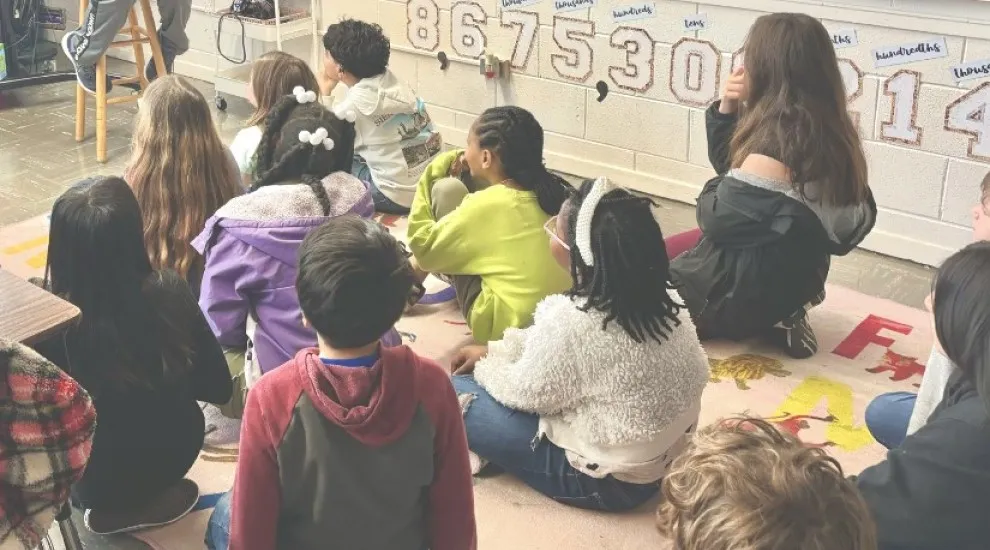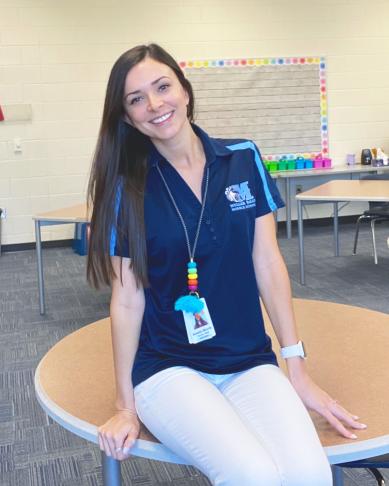
SC Ready season is quickly approaching. Are your lesson plans ready?
While continuing to teach new material, it’s prime time for educators to consider balancing instruction with test prep review. Rather than thinking of teaching new material and preparing for the SC Ready in silos, an interleaved approach may satisfy both needs.
What is interleaved practice?
Simply put, interleaved practice weaves in multiple concepts within the same task. For example, 60% of an assignment may have newly acquired material, taught in that day’s lesson, while the other 40% (woven throughout) requires students to retrieve previously learned skills and apply them fluidly. This is a great strategy for teachers to implement, reinforce and review earlier material while not skipping a beat on the pacing guide.
How is interleaved practice different from spiral review?
Oftentimes, “spiral review” may conjure up thoughts of 1-3 problems at the top of a homework assignment. These may even be pre-requisite skills to the lesson at hand. It may account for 10% of the total assignment.
Effective interleaved practice utilizes tasks with an approximate 60-40 split between new and old skills, mixed into the same problem set. This empowers students to consistently retrieve prior knowledge while also mastering new skills.
This type of mixture increases the amount of “touch points” students have with previously learned material. The more “touches”, the greater the retention. Neurological pathways within the brain are strengthened through repeated retrieval. See research on the curve of forgetting.
How can I do this?
Another key factor of interleaved practice is the emphasis on skills being totally randomized. This is important to consider when creating learning experiences for students.
For example, a traditional math lesson on dividing mixed numbers may look like:
- a problem on multiplying fractions
- a question about dividing fractions
- a problem requiring division of mixed numbers
while an interleaved problem set might have:
- a question dividing decimals
- a graphing question
- a 2-step word problem.
*Instead of lininging up skills like AABBCCC, try BCAACBC.*
Try it out!
This strategy can be used across any content area to strengthen knowledge retention while incorporating new skills.

Bio:
Kerstin Wheeland is a classroom teacher, subject matter expert for SCETV, and staff developer for AVID. She is passionate about igniting young minds and closing achievement gaps. When not teaching her heart out, you can find her reading on her kayak.
